Footage capturing the Soviet liberation of Auschwitz-Birkenau in January 1945 features a young Ryszard Horowitz, a survivor whose story stands as a testament to resilience. His journey, from a childhood interrupted by the horrors of the Holocaust to becoming a renowned photographer, is a remarkable tale of perseverance.
Born in Kraków, Poland, in 1939, Horowitz's early life was shattered by the Nazi invasion. Separated from his parents initially, he was soon reunited with them and his sister, only to face forced relocation to the Kraków ghetto. Amidst the fear and deprivation, a young Roman Polanski, a future filmmaker, became a part of Horowitz's life.
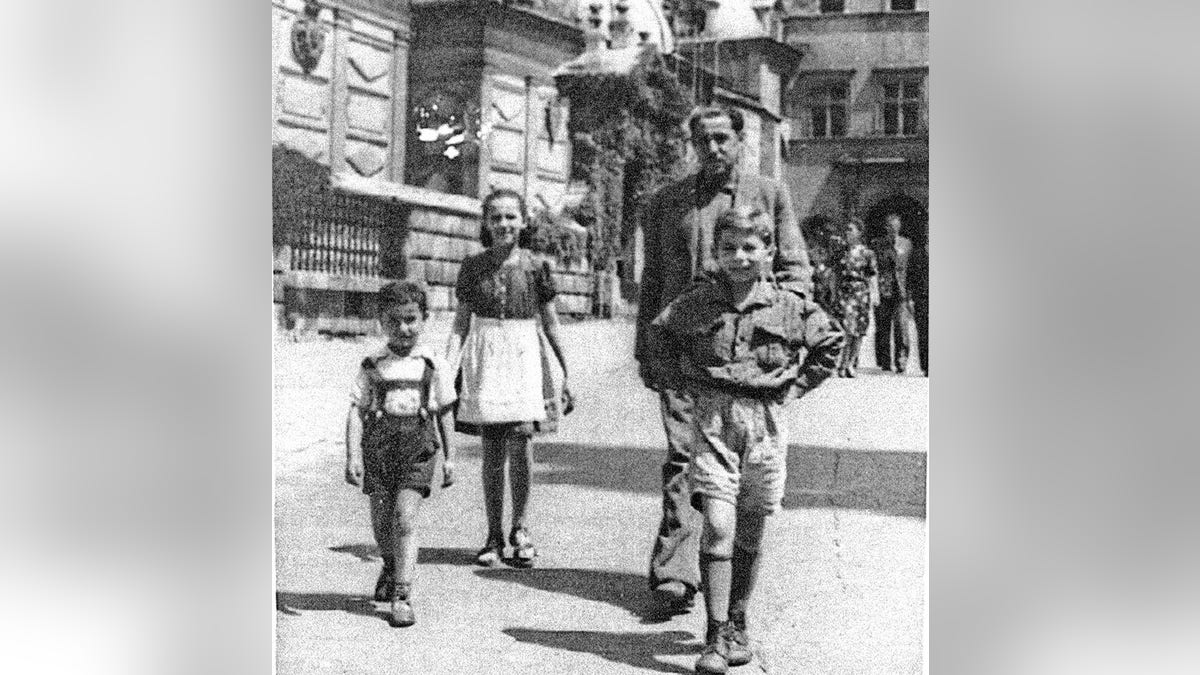
As the war intensified, the Horowitz family was transported to Plaszow concentration camp, ruled by the brutal Amon Göth. Horowitz's musical uncles were forced to entertain at Göth's parties, where they crossed paths with Oskar Schindler, whose factory would later offer a glimmer of hope.
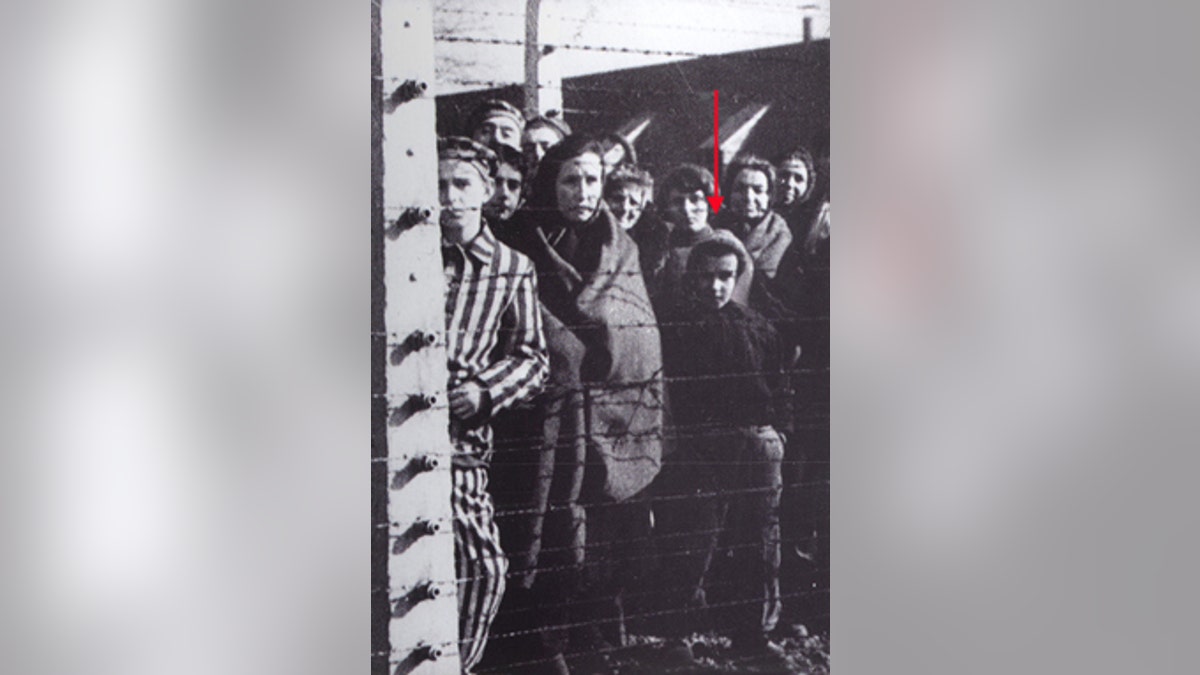
Schindler's intervention placed the Horowitz family on his list, sparing them from immediate extermination. While the men reached Brünnlitz, a labor camp in Czechoslovakia, the women were tragically diverted to Auschwitz. Schindler's efforts eventually reunited them, but young Ryszard and his father were subsequently sent to Auschwitz. There, a compassionate warehouse worker, Roman Gunz, shielded Horowitz from the worst of the camp's horrors.
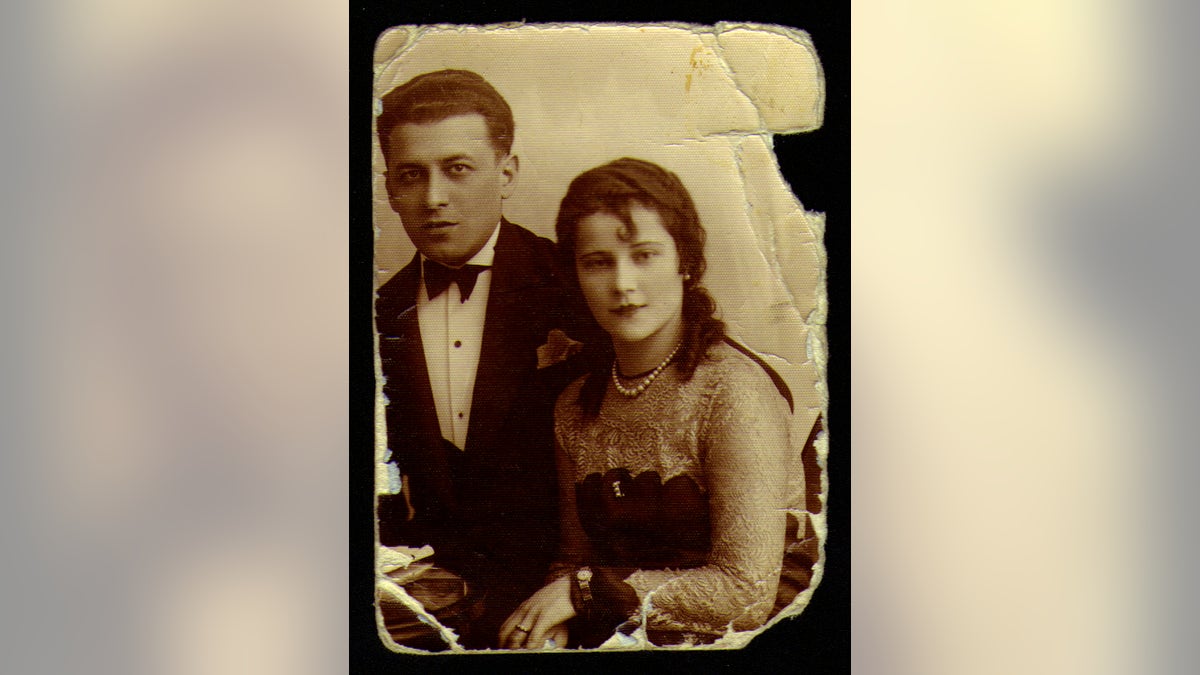
As the Soviet army approached, Horowitz was spared execution by a last-minute intervention. He was liberated and taken to an orphanage, where he was eventually reunited with his family. Post-war life in communist Poland was challenging, but Horowitz found solace in art and jazz, a passion that would shape his future.
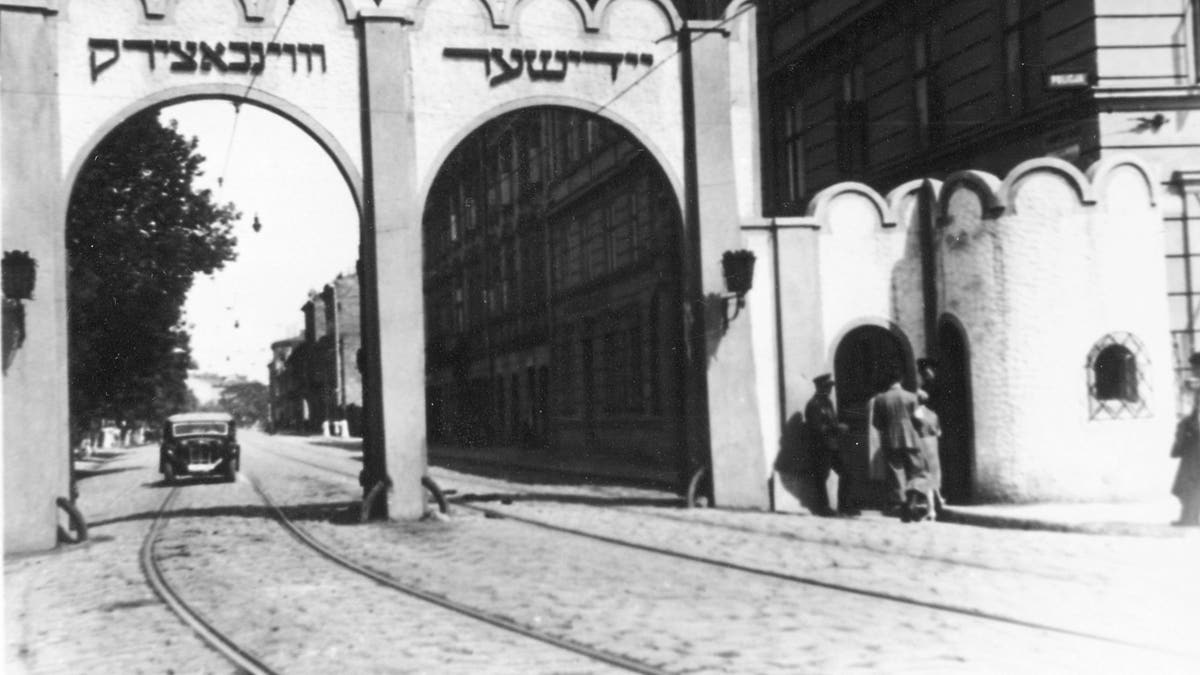
With the support of family and a scholarship, Horowitz immigrated to the United States, where he honed his photography skills at the Pratt Institute. His innovative approach to photography, predating the digital era, earned him recognition as a pioneer of special effects photography. He became a master of manipulating light and perspective, creating images that seemed to defy reality.
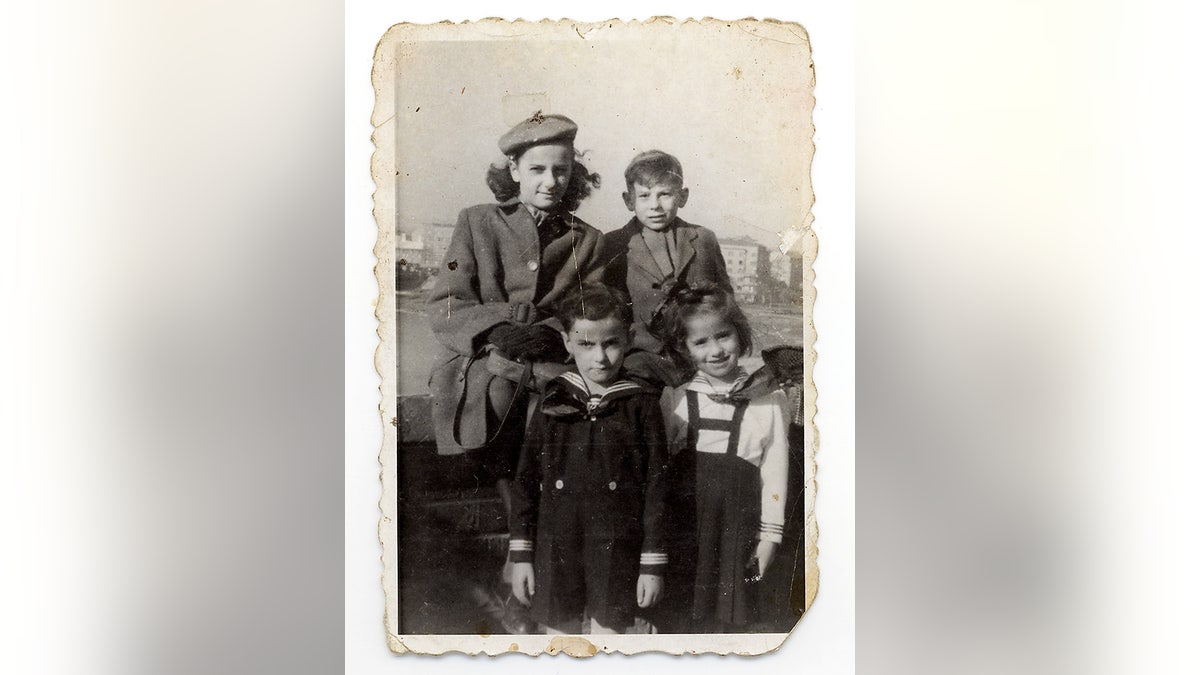
Horowitz's career flourished in the advertising world, where his captivating images garnered awards and acclaim. He received honorary doctorates and became an honorary citizen of Kraków. His personal life blossomed as well, finding happiness with his wife, Anna, and their two sons.
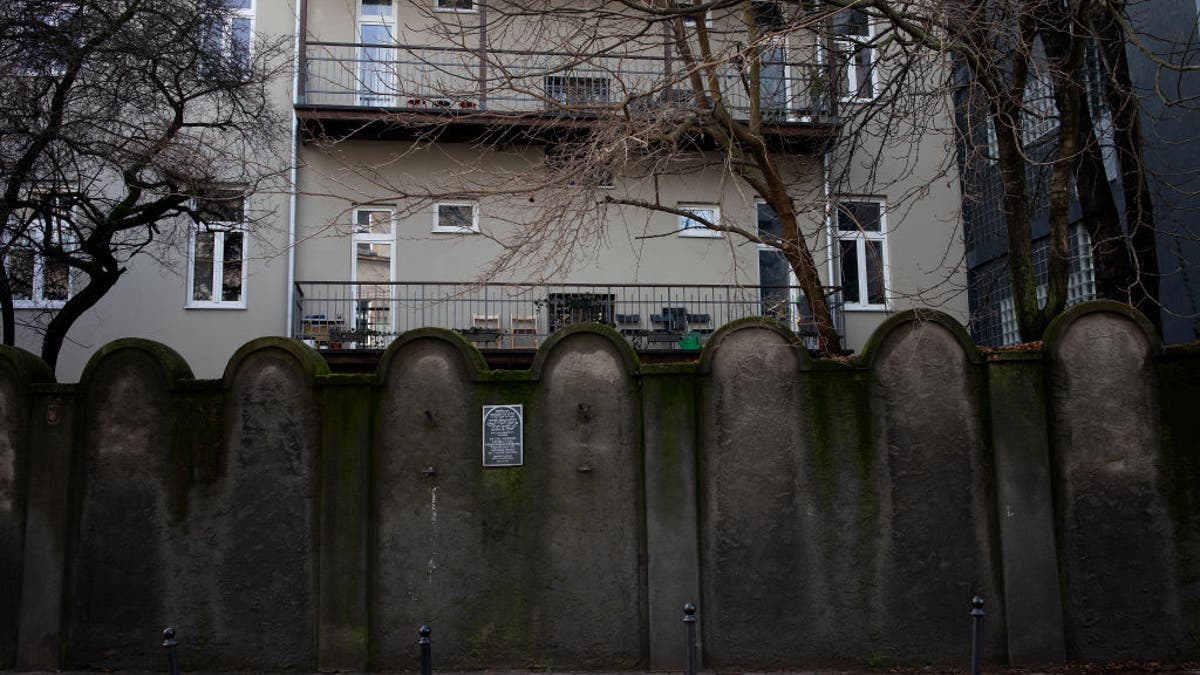
From the depths of Auschwitz to the heights of artistic achievement, Ryszard Horowitz's story is a testament to the human spirit's capacity to endure and create, even in the face of unimaginable adversity.

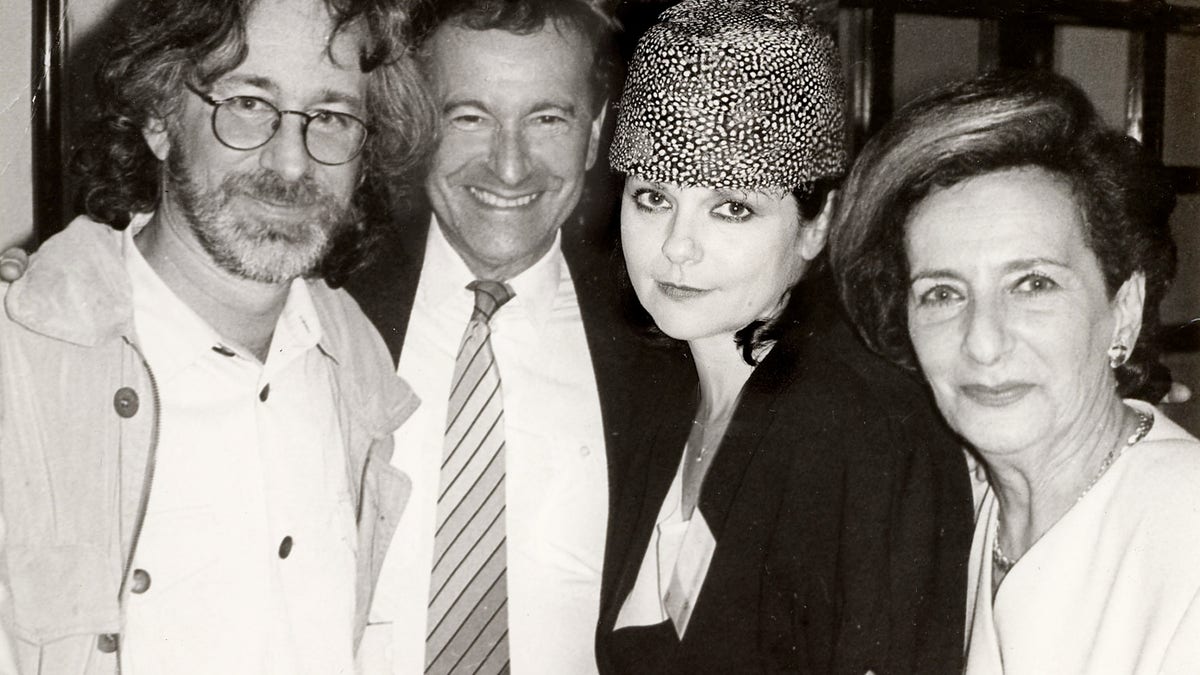
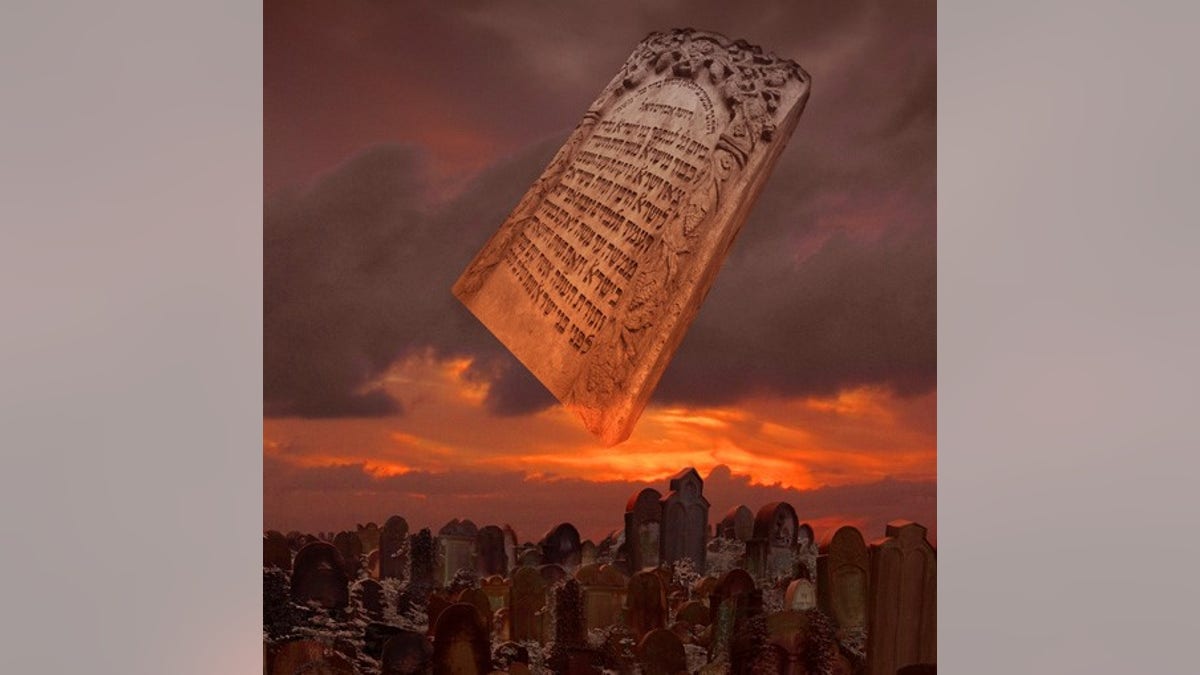
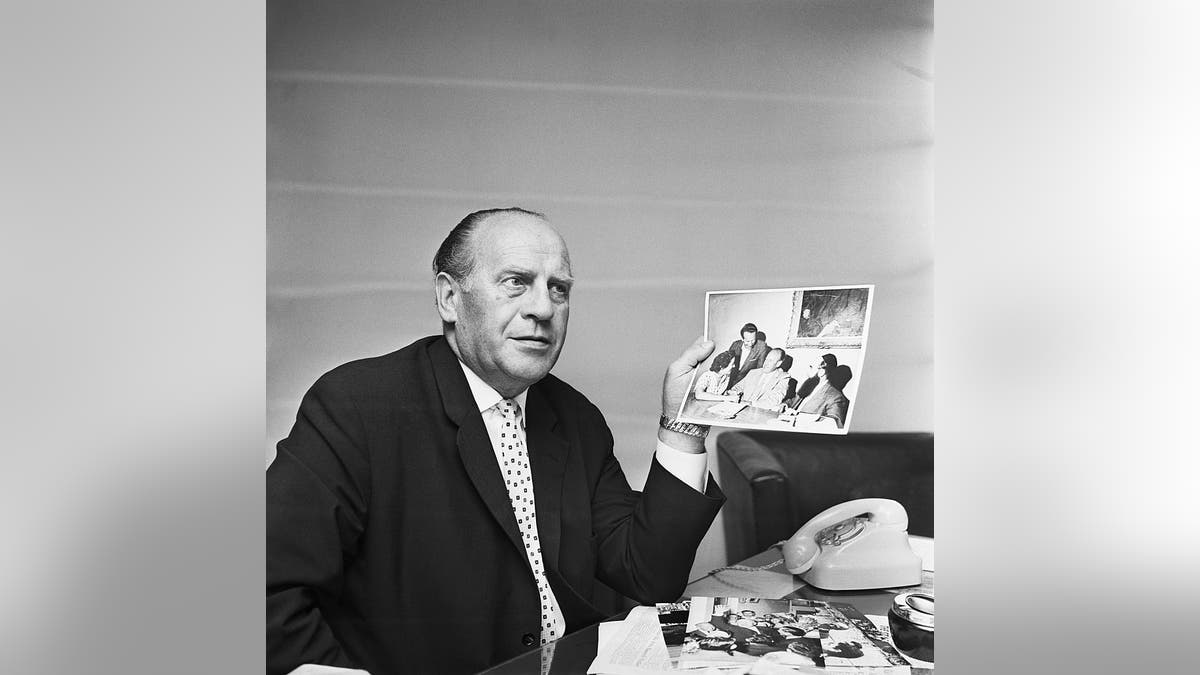

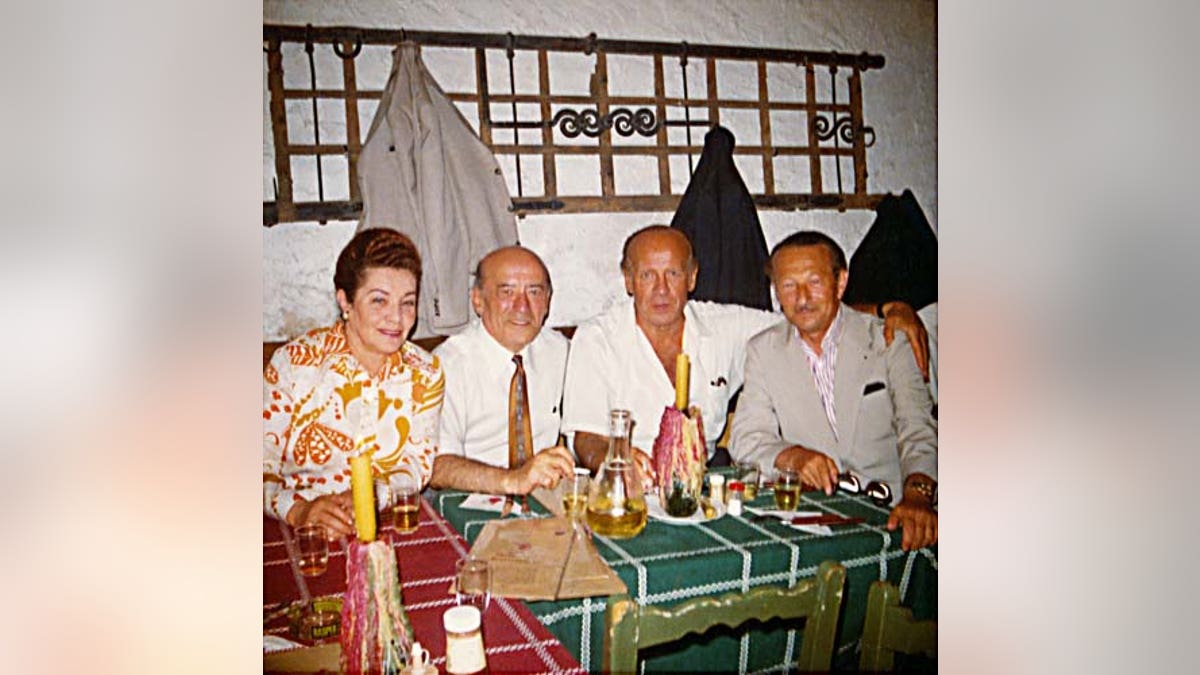
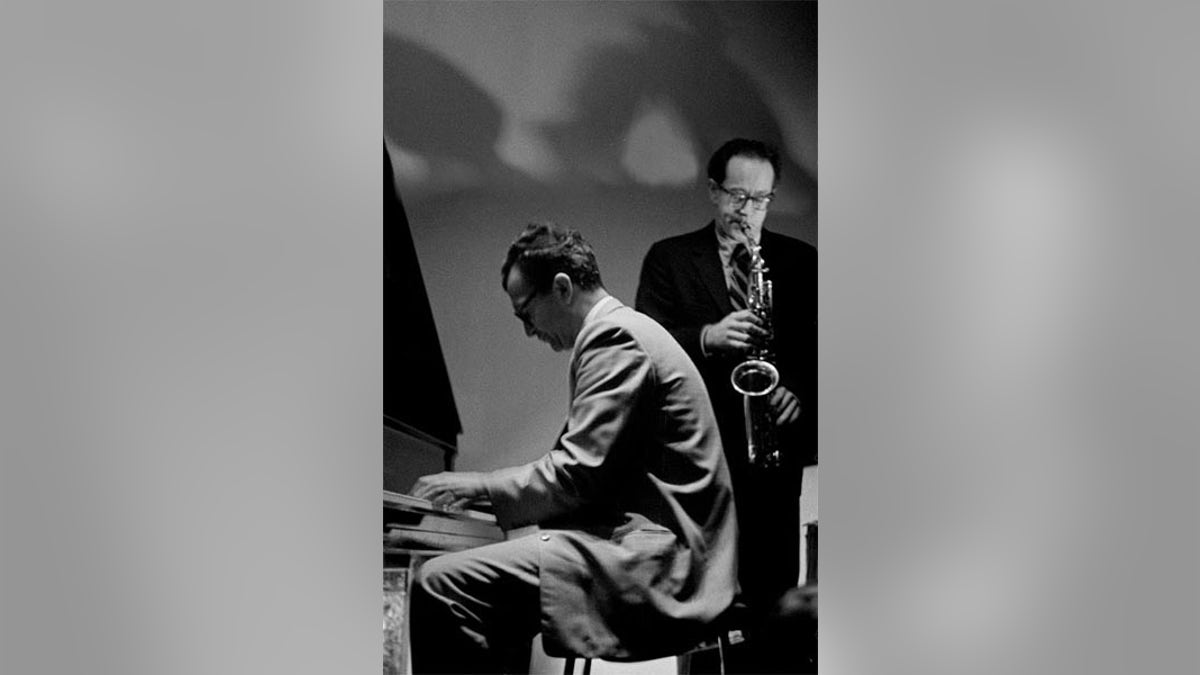


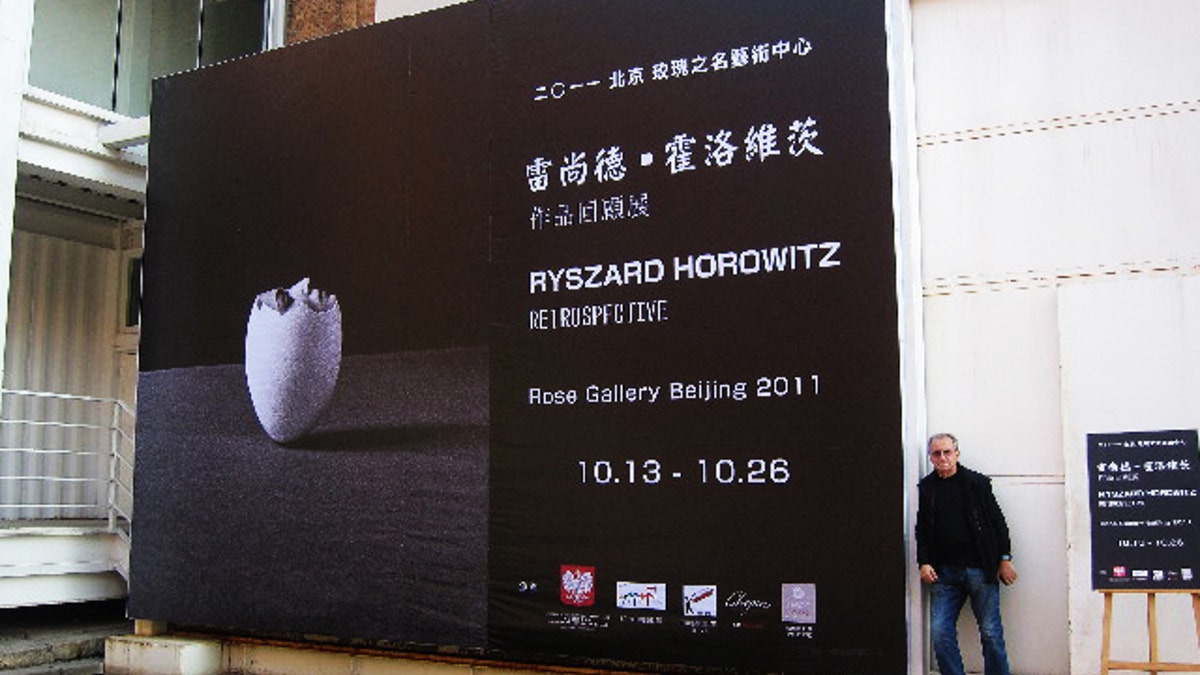
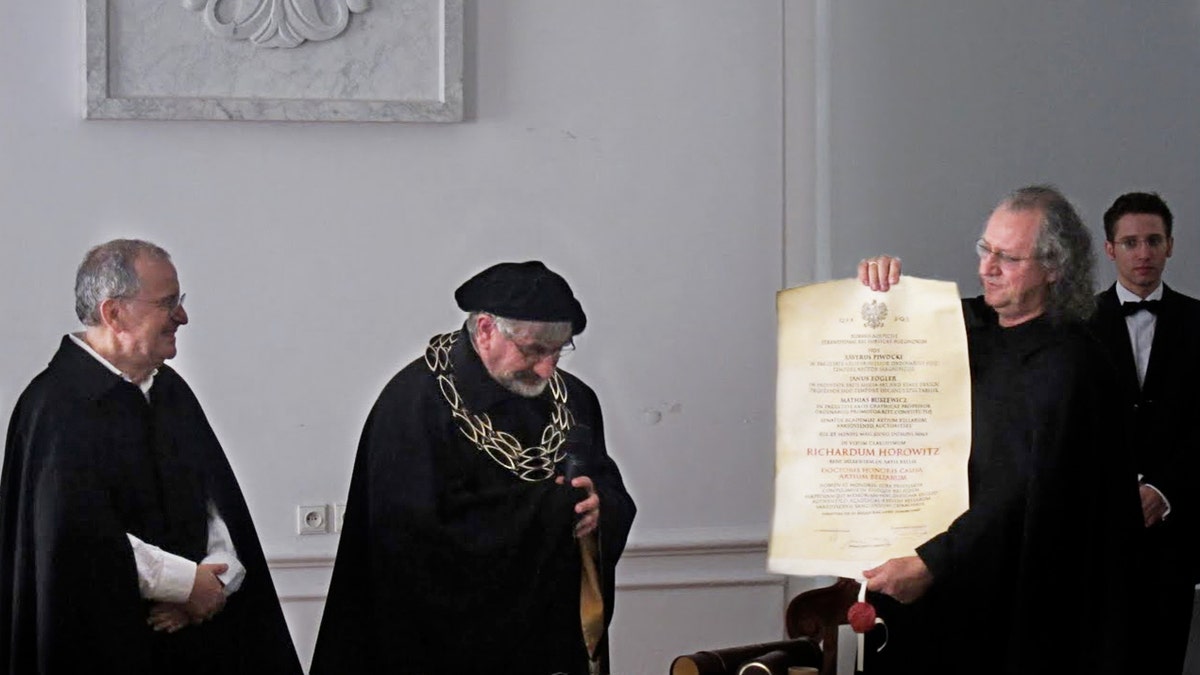

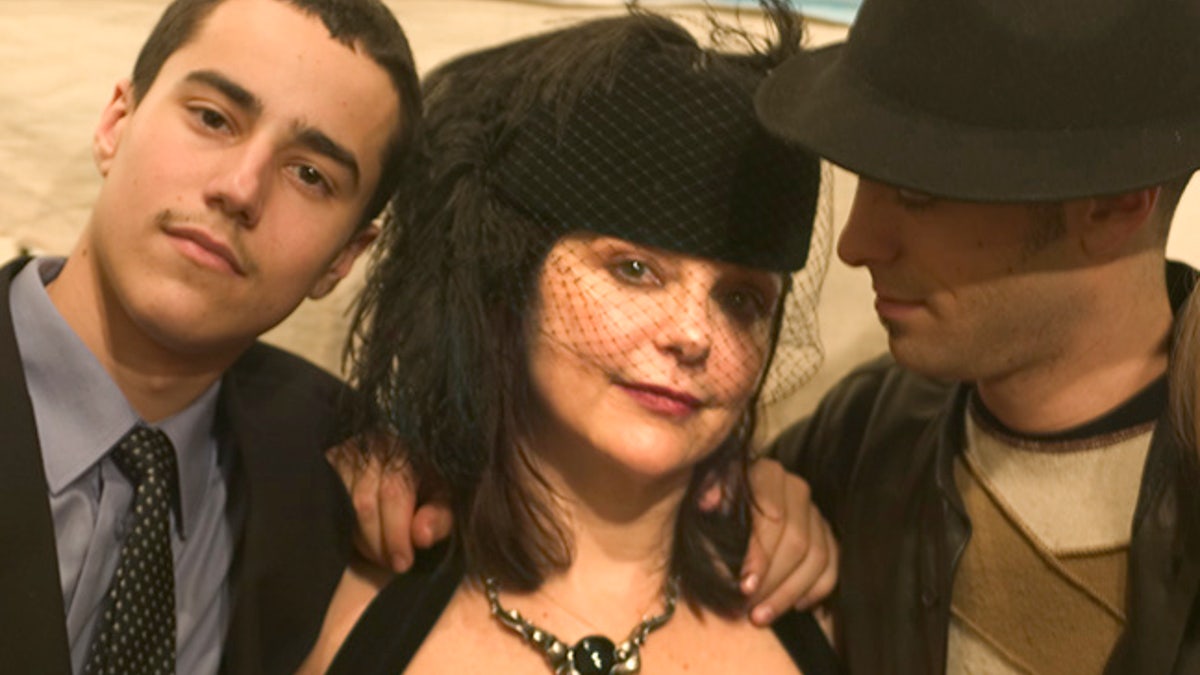
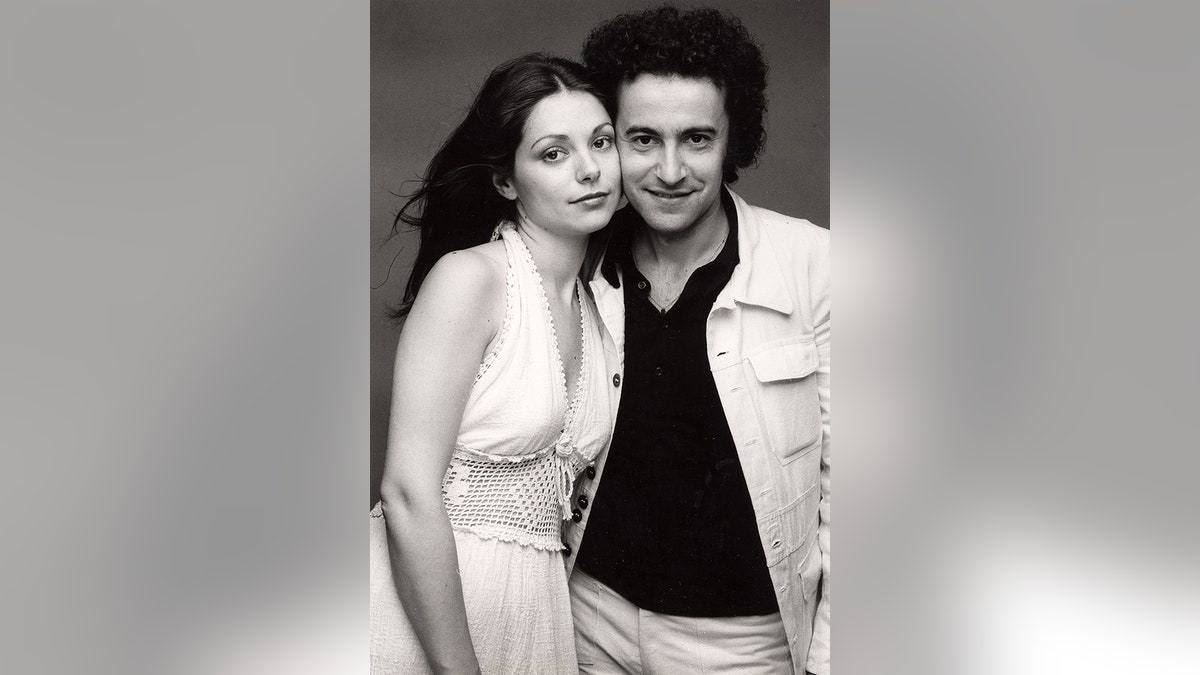
Comments(0)
Top Comments